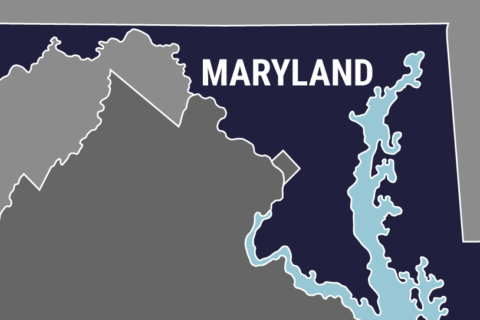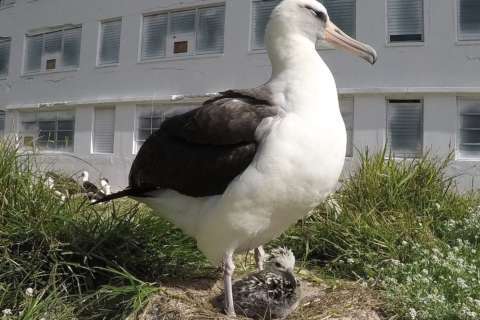WASHINGTON — The great blue heron cam, showing nesting pairs on Maryland’s Eastern Shore, got a major upgrade this year and some of the birds arrived earlier than usual for their close-ups.
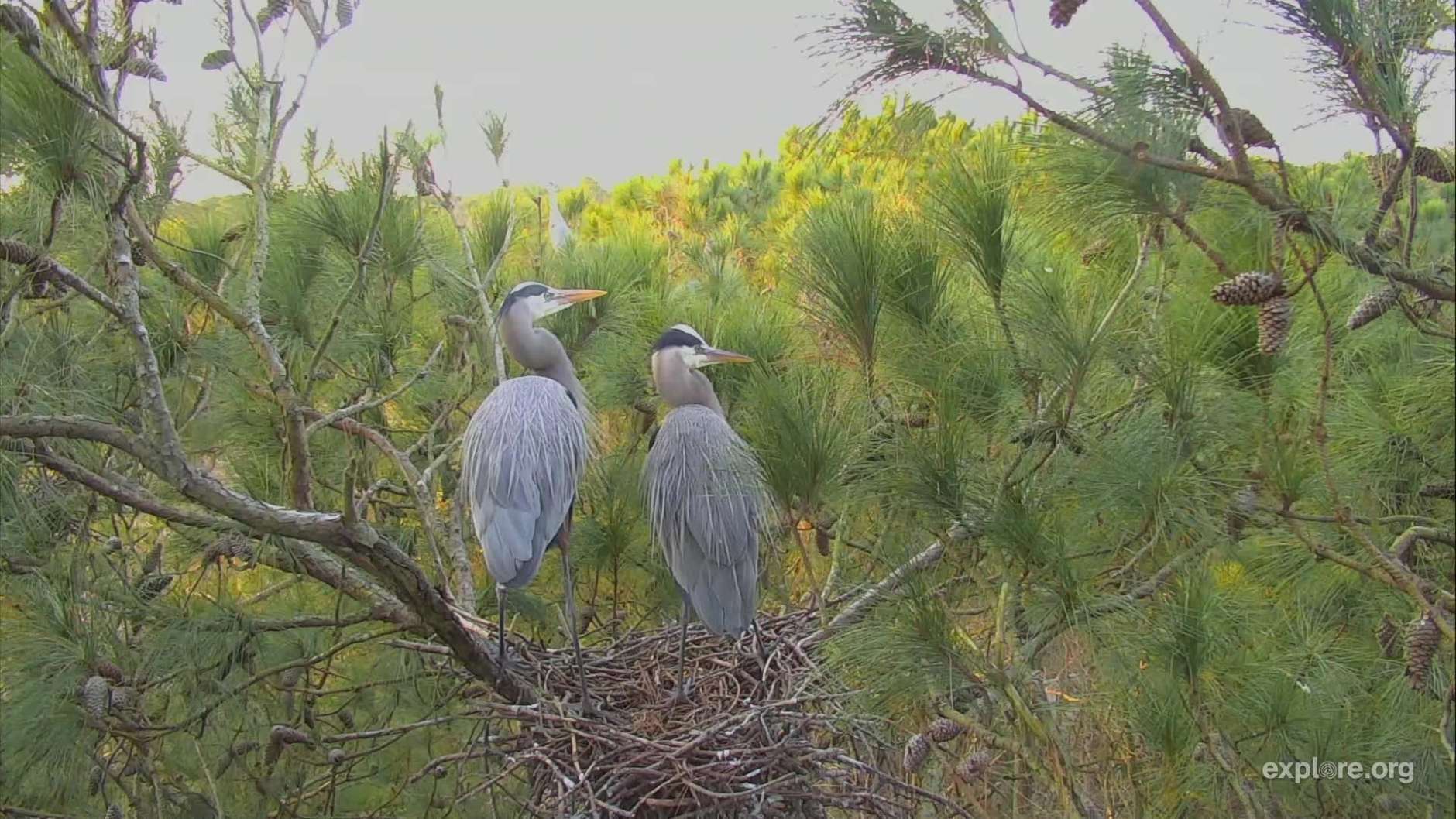
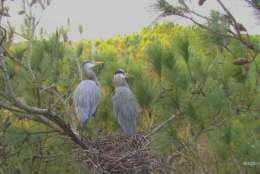
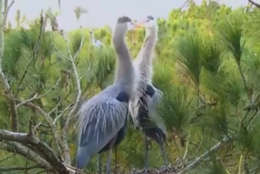
“Even for the untrained eye, you can tell something is going on,” said Susan Shingledecker, of the Chesapeake Conservancy.
“The video is beautiful. It’s two birds and they’re courting each other. They’re checking each other out, and that’s just part of how their ritual works,” Shingledecker said.
Some of the herons migrate, but the ones in the Chesapeake Bay area stay in the vicinity year round and return to the nesting spot, called a rookery, during mating season — 40 to 50 herons typically begin gathering in early March.
Average temperatures on the Eastern Shore in February have been running about eight degrees above normal.
“Temperatures were in the 70s last week, shattering records across the shore,” said Storm Team4 Meteorologist Lauryn Ricketts.
The herons, whose courtship was observed and recorded at the rookery last week, stayed for a few days then left.
“We expect they will be back any time,” Shingledecker said. “Once they come back and lay their eggs, the viewing is great 24/7 via the cams.”
Great blue heron eggs typically take between 25 and 35 days to hatch.
The upgraded Chesapeake Conservancy camera system, sponsored by explore.org, has higher resolution, improved ability to pan and zoom, audio and a strong infrared camera for clear night views.
“So it provides a more rich experience as you try to see what the birds are up to,” Shingledecker said. “The heron cam actually pans between three different nests.”


